2.1 - How Vinyl Is Made
When the original rubber discs spun on gramophones were replaced with the vinyl records that you use today, the transition gave way to a major increase in accessibility and sound quality for at-home listening.
With the introduction of the vinyl record format and the commercial availability of record players, there was an immediate need for technology to aid in the mass reproduction of original recordings, known as masters. This technology has been refined over the years but is still used today to produce the records that you listen to at home based on a master recording.
Each vinyl record is a re-pressing of an original master copy of an album. This master is used as the reference point for all pressings of an album. A machine equipped with a precise lathe etches grooves into a lacquer master, each of which will produce sound when a pressing of a record is read by the needle of a record player. This process is completed for both sides of a vinyl. The lacquer masters for side A and side B of a record are then prepared to be copied in large quantities.
Using a technique known as electroplating, a lacquer master is copied into a format that can withstand the rigors of mass reproduction. These electroplated copies of the master are known as stampers. The stampers are hydraulically pressed onto hot vinyl. Each pressed copy of the stamper is then cut and shaped into an individual vinyl record.
